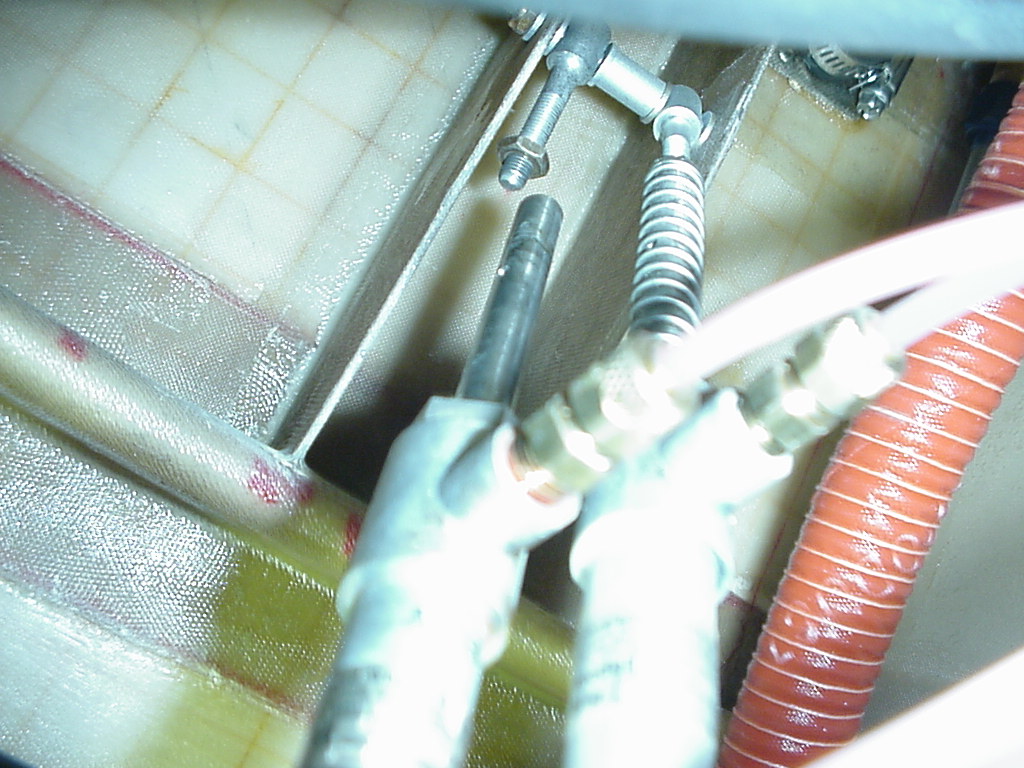An email from one of our members with a Glasair II-RG prompted a flurry of activity these last few days.
As you can see, the threaded rod has separated from the piston. Fortunately, this happened on the ground. If this had happened while on landing rollout the outcome could have been more traumatic.
After sending an email to Parker-Cleveland, I received a phone call from one of their head engineers. He said, “They’ve never seen this happen before.”
Cleveland’s recommendations:
- Minimum 9 threads of rod engagement in the piston.
- Jamb-nut torque of 35-45 in/lb.
- Make this a must check item at annual condition inspection.
An interesting bit of related information from the RV-List posted by Sam Buchanan:
We have had a couple of cases here in the Tennessee Valley RV Builders Group of brake caliper pistons popping out of the caliper bore when the brake pads have worn to some degree. This has been both a puzzle and a source of concern because two of the instances occurred at fly-ins a long way from home and caused considerable aggravation due to having to the repair the brakes at a distant airport.
The solution we immediately grasped was to replace the pads at every condition inspection so the pads would never wear to the point that the o-ring on the piston could exit the piston bore. We also considered fabricating a shim that would prevent piston over-travel but the design of the caliper thwarted our efforts.
It turns out that the REAL problem is improper caliper assembly at the Cleveland factory! The o-ring on the piston is located near one face of the piston. On each of the pistons that “popped”, the o-ring was located near the face of the piston closest to the pad. Matter of fact, this is the way the brand spankin’ new caliper I borrowed from RV builder Marty Emrath was assembled. Once the o-ring reaches the outside edge of the bore, the fluid gets dumped next time the brakes are applied. In the latest case of popped piston in our group, the pads had not worn very close to the rivets.
After further consideration of this matter, RV-8 pilot Robin Hunt found the Cleveland manual for the 30-9 caliper used on RVs and the manual clearly shows the piston inserted in the caliper with the o-ring on the OPPOSITE end from the pad. Robin’s suspicions were first aroused when he found each piston on his RV-8 installed differently.
Apparently some calipers have been shipped from Cleveland with the pistons installed the wrong way. We have urged each TVRVBG member to check the orientation of the brake pistons at the next opportunity in order to avoid the possibility of losing the brakes at an inconvenient time. A slight amount of air pressure at the caliper inlet is sufficient to pop the piston out of the bore so you can insure that the o-ring is located near the face of the piston farthest from the pads. The aggravation of having to rebleed the brakes is minor compared to losing a brake on rollout following a landing, especially in an -A model.
—Sam Buchanan (RV-6)




